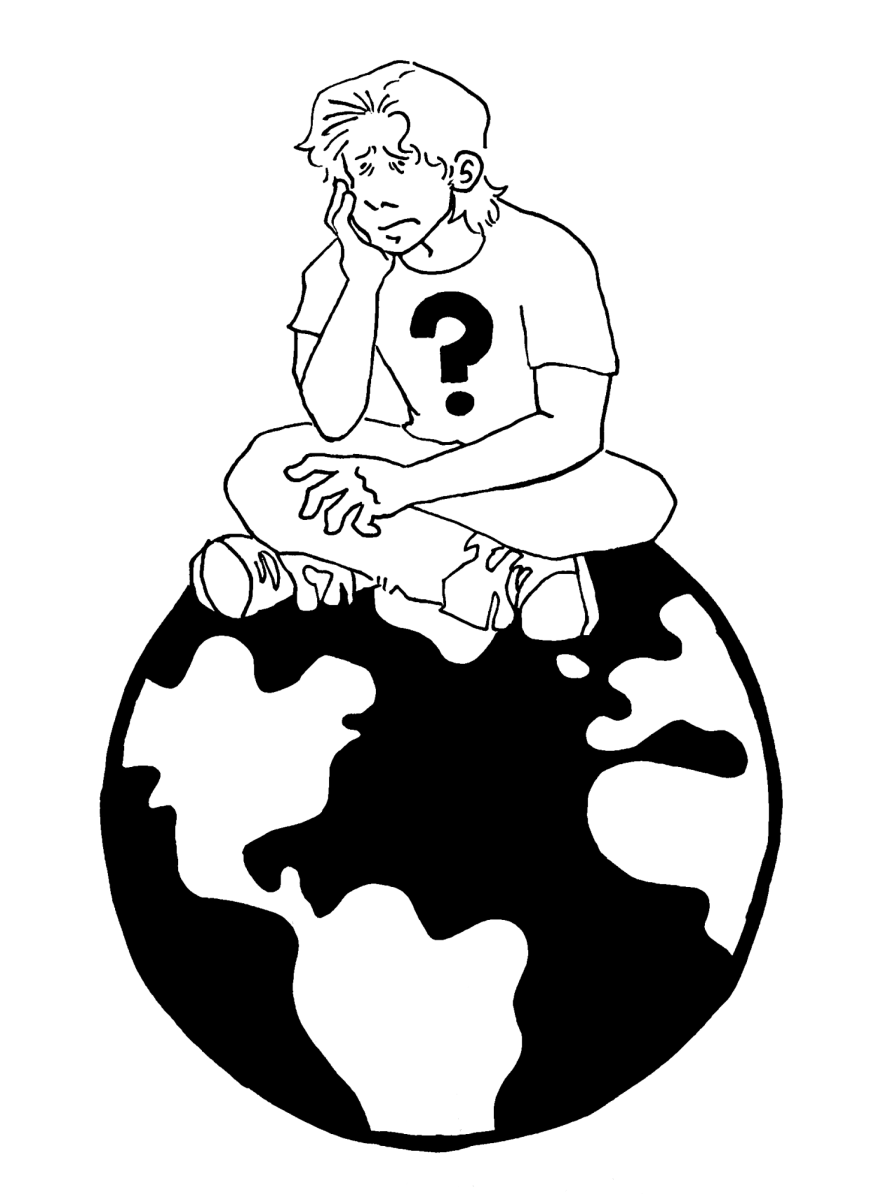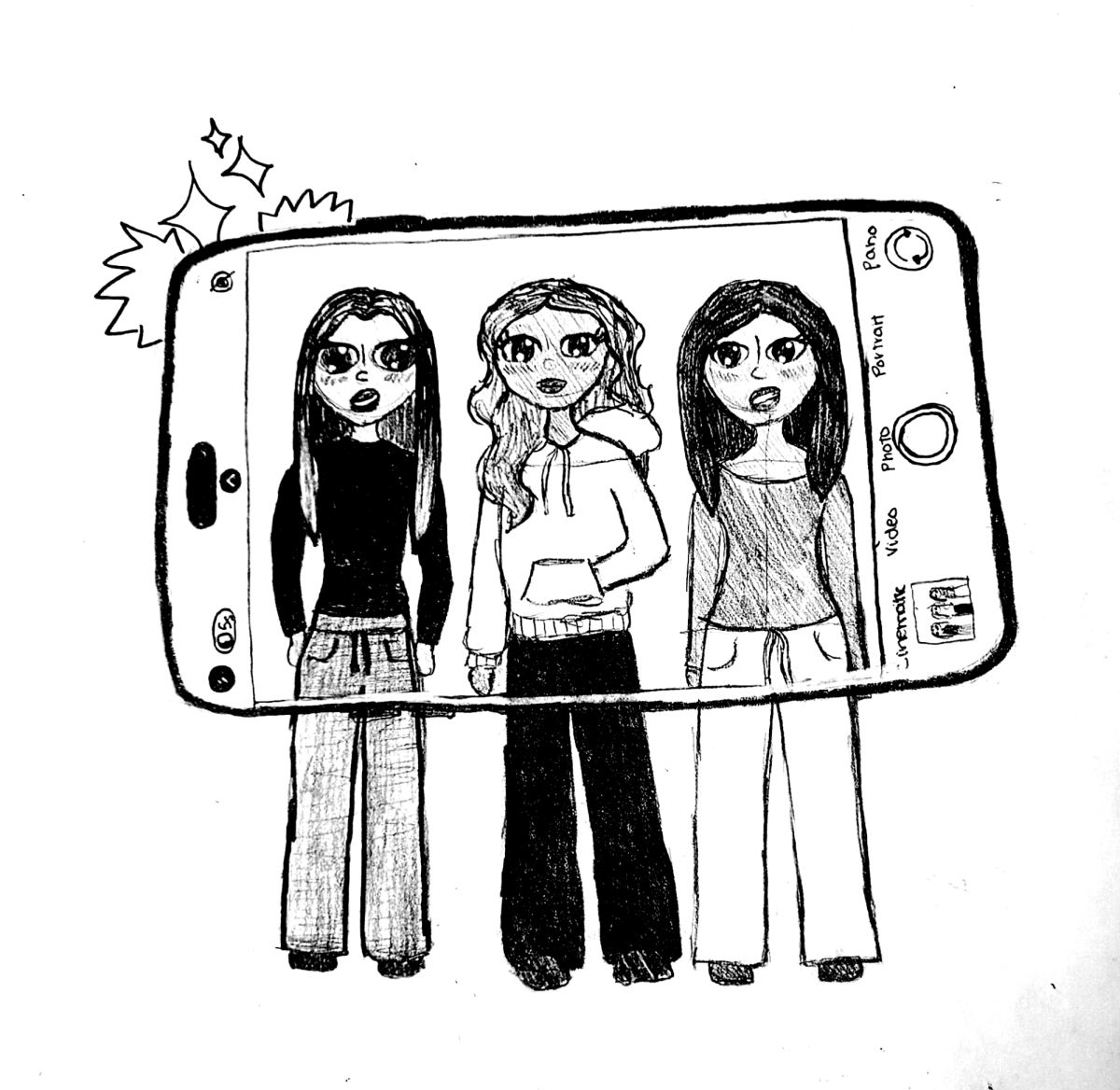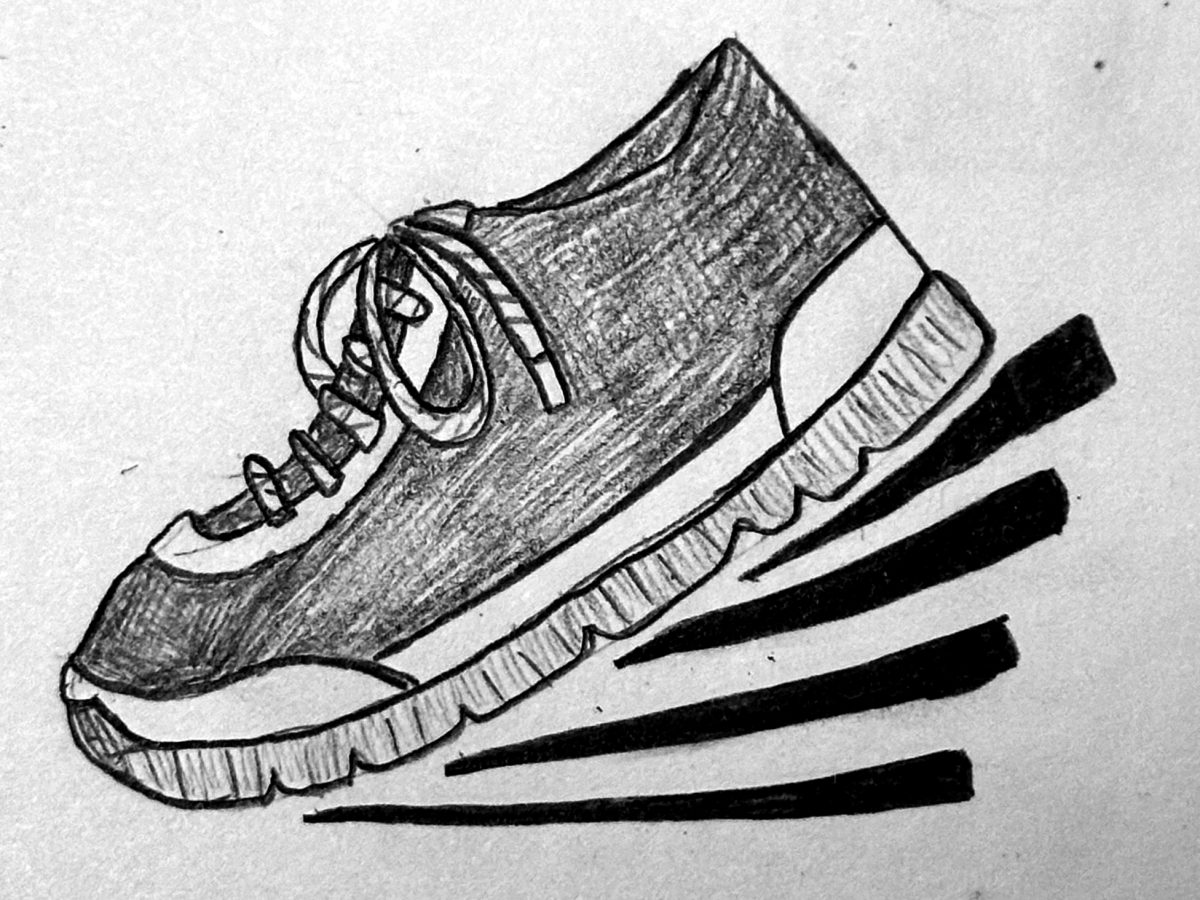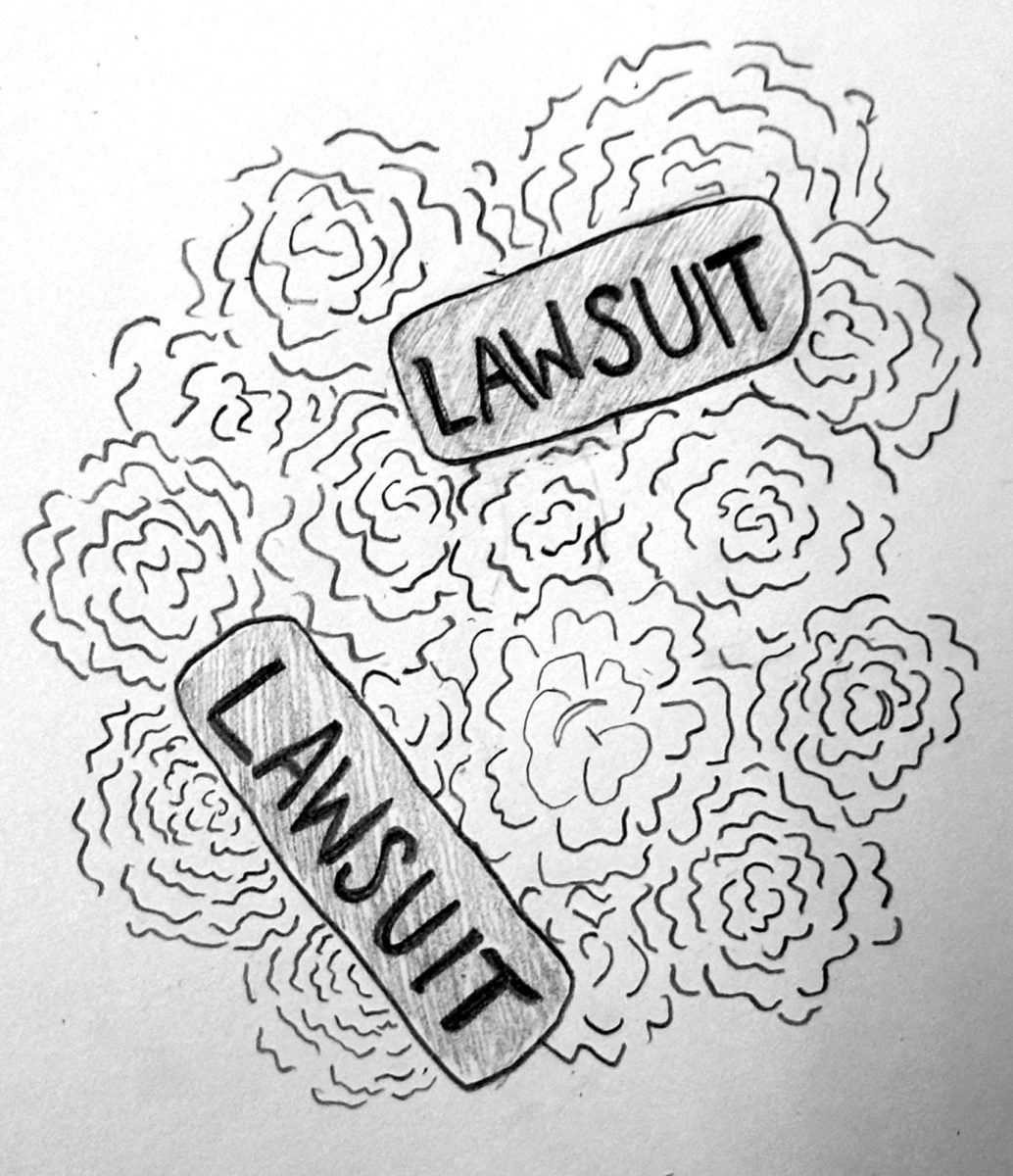Culture attempts to close the door on consumerism, instead bulldozes through
Samantha margot, Features Editor
Originally published January 24, 2020
Cartoon by Sam Rainville
In principle, minimalism should be austere and humble, stripped of superfluous colors and decor; today’s trend is sterile, full of succulents, monochromatic colors and contains little personality. Oddly enough — despite claiming to be achievable for everyone — the minimalist gospel about clearing negative energies from our lives seems to be directed at and attained by the upper class.
In 1965, the word minimalism was popularized as an insult meaning “lacking art.” It was a thumbs down to the artists who sold canvases painted black with a single red circle, neon light fixtures protruding from the wall, or multicolored bricks arranged on the floor. This new style was in a different realm from the intricate and lifelike art that otherwise claimed the stage throughout art history. These artists were developing the concept that less is more by stripping away all familiarity of layers and materialist design and leaving only the bare-bones for the audience to see.
Minimalism has evolved into something that is treated as the antidote to the devious and antiquated notions of capitalism and consumerism. For those having latent anxiety about the dangers of the Western world and its love of overindulgence, conforming to a ban on clutter is the next best option.
Let’s be real, minimalism is a privilege. The aesthetic of raw materials and aggressively sleek design has become a luxury icon, with designer brands promoting eco-friendly clothing and sustainable household items. The average American cannot afford to drop their car at the impound lot and exclusively use ride share.
David Raskin, a professor of contemporary art at the School of the Art Institute Chicago, has been quoted in numerous papers about his disappointment with the development of minimalism in the modern era. “One of the real problems with design-world minimalism is that it’s just become a signifier of the global elite,” Raskin writes. “The richer you are, the less you have.”
To many, it would seem easy for anyone to be a minimalist no matter what socioeconomic class. What they often don’t consider is that clutter can be a necessity for someone on the lower end of the spectrum because they can’t afford to purge their homes of old clothing and clunky technology. Minimalism is often expensive, exclusively branded and made for those who can afford to replace what they have removed.
Joshua Millburn and Ryan Nicodemus are two self-proclaimed minimalist gurus. Having walked away from their corporate jobs, they make it their life’s mission to spread the minimalist dogma. Their quest to hold the nation hostage with a meaningful lifestyle isn’t free, and they declined to mention their earnings from their book series, podcasts and public appearances, and instead responded that focusing on money derails the idea.
A personal favorite quote from Millburn and Nicodemus’ blog: “I’m currently wearing a $100 pair of jeans, and, yes, they are worth $100 of my freedom to me; they are also my only pair of jeans, ergo I get immense value from them since I wear them almost every day.”
Minimalism today isn’t just about having less, it’s about having the right brands. Their self-optimization is guided by futuristic Fitbits and the sleek and simplistic design of Apple, because, by ridding themselves of an abundance of objects, they are throwing off the shackles of greed and spitting in the face of capitalistic values. Nevermind that most of these tools of self-realization are created in sweatshops and continue to facilitate a new brand of excess consumption.
In our own community, minimalism has resurged with a vengeance. Polished box homes with limited colors have popped up on every corner, while teens and adults strut in cookie-cutter clothing.
Minimalism was created with the good intention that less clutter in our physical life promotes less clutter in our minds, and to encourage healthy relationships with our possessions. Instead, it has become a part of an elitist culture that is convinced that spending more money on fewer things, somehow equates to anti-consumerism.
Armed with a sleek MacBook Air, their cream-colored beanie and basic Nike AirMax, the average minimalist is ready to take on the forces of evil and lead the fight, ironically, against the tyranny of capitalism.


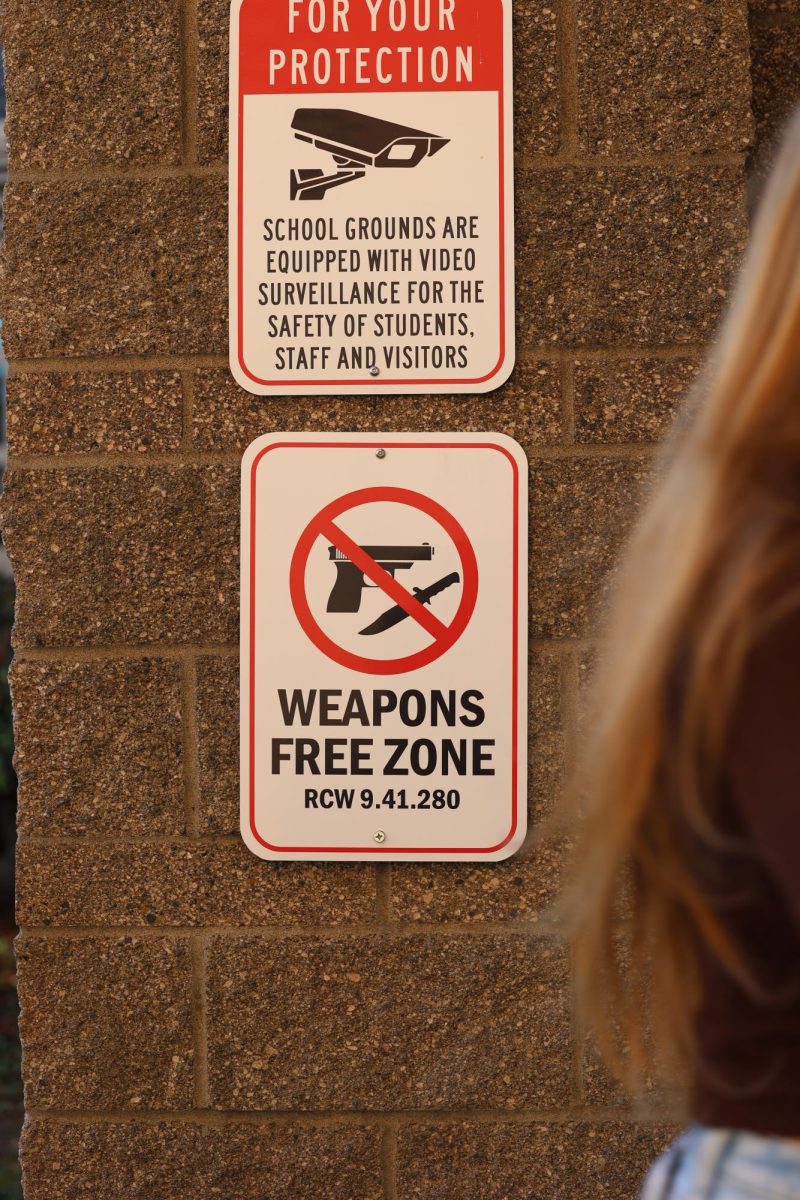

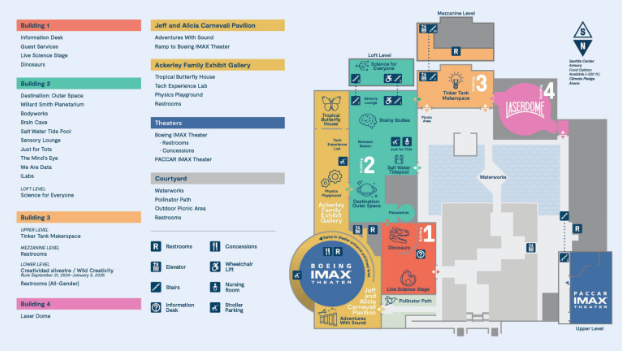
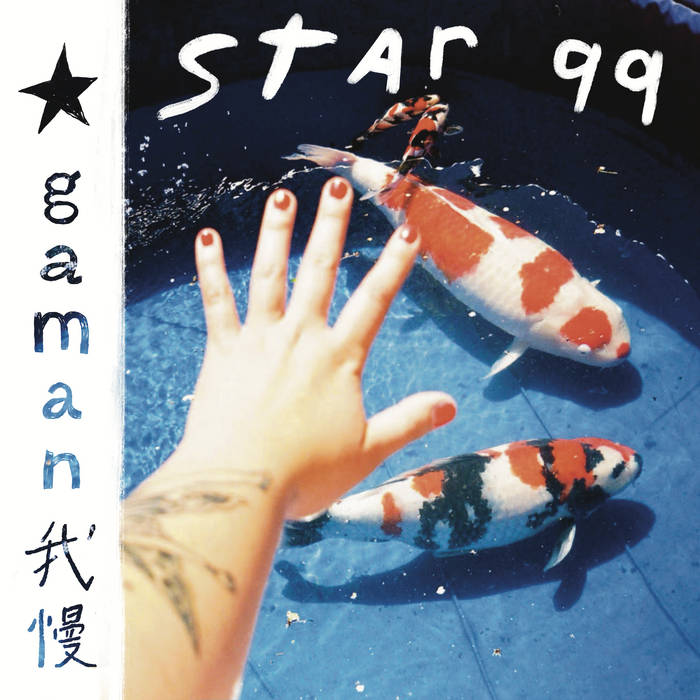
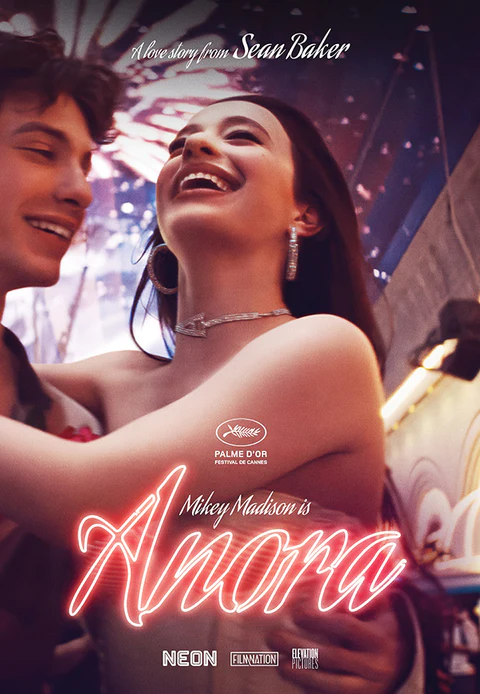





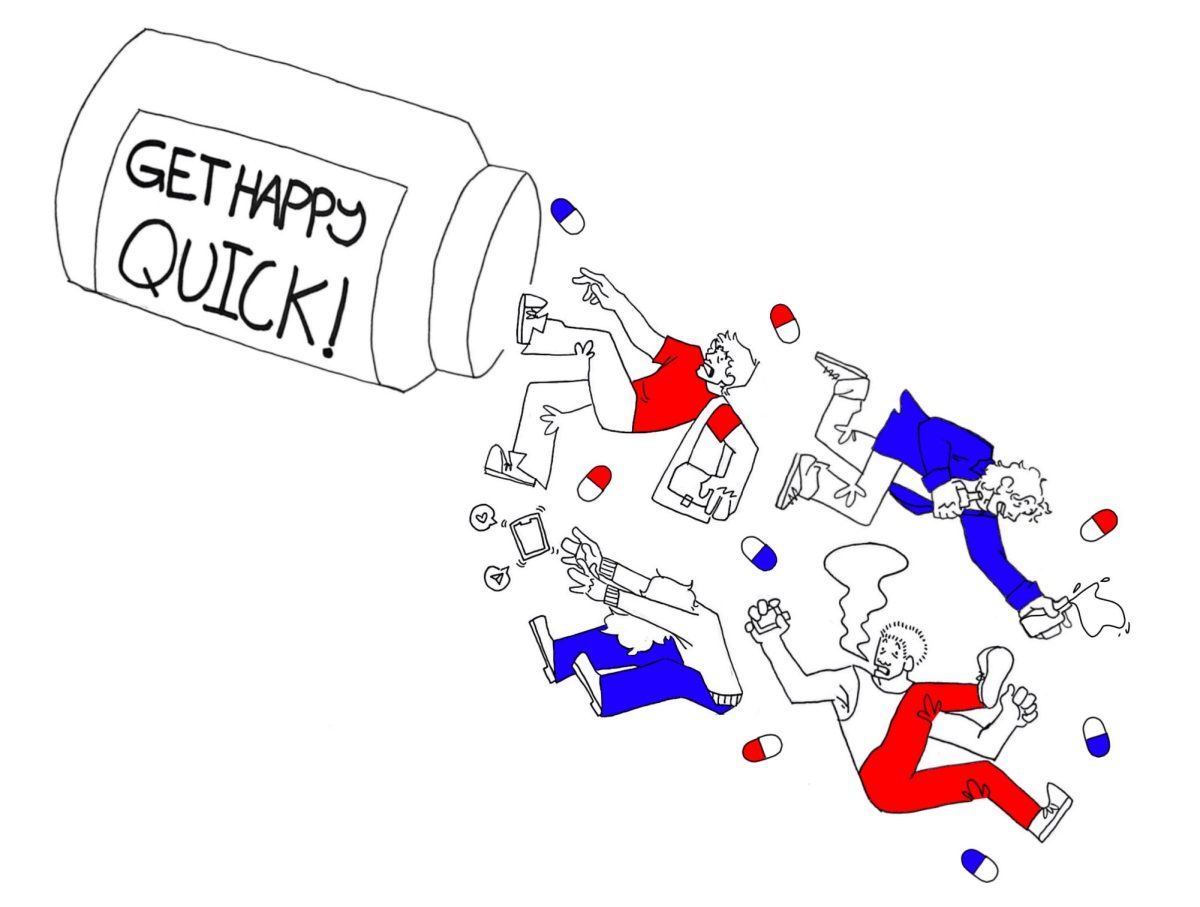





![“I have never done a sport that was so demanding and yet so fun and exhilarating,” Price said. “I look [forward] to it every day and am so happy that I became so good at it." (Courtesy of Lucy Richins)](https://ballardtalisman.org/wp-content/uploads/2025/02/miles-wrestler-2.jpg)
